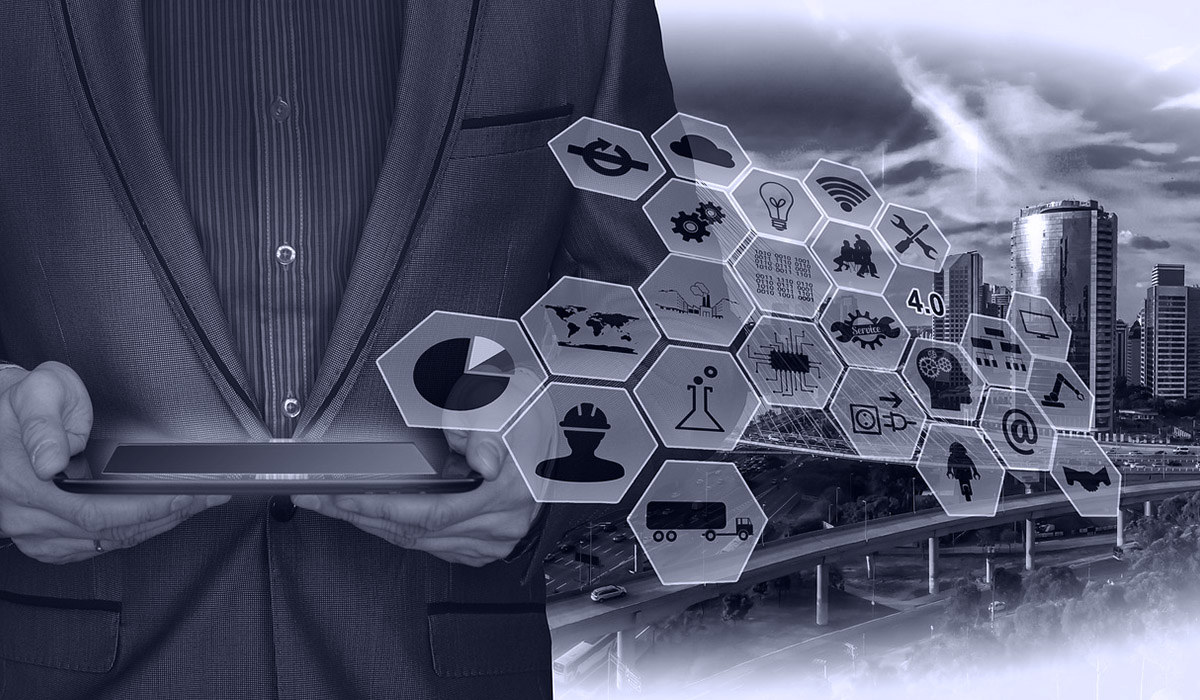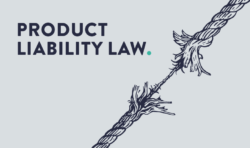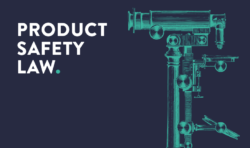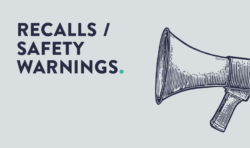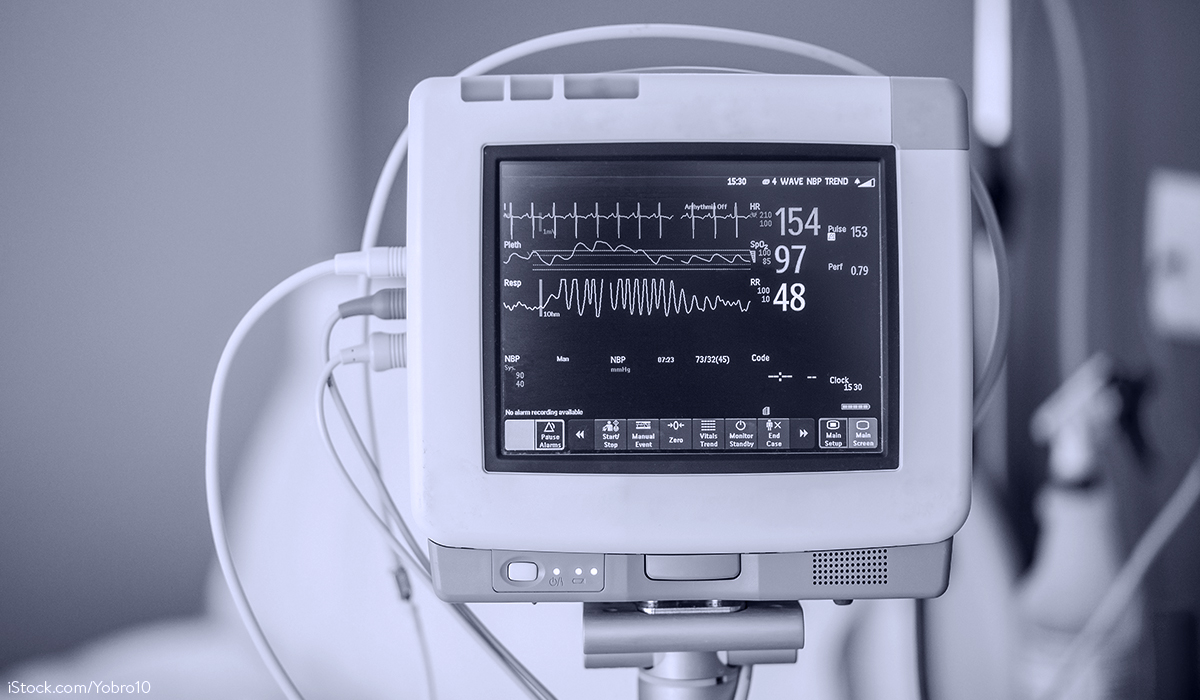This blog post aims to provide an overview of possible areas of application for blockchain technology in the wide field of product law and should be understood as an impulse for further discourse.
Functionality and advantages of the blockchain in general
In simplified terms, the blockchain embodies a database on which information created in chronological order can be stored permanently and in a tamper-proof manner. In essence, the blockchain can be described as an accounting system in which a “correct state” is documented. This database contains a continuously expandable list of data records, so-called “blocks”, which are chained together using cryptographic procedures. Another special feature of the database is its decentralized nature, since the information is stored by a large number of (anonymous) participants. The mode of operation and decentralization ensure that the data cannot be subsequently changed (with almost absolute security). In addition, the truthfulness of the inserted and stored data can be ensured with the help of certain technical and organizational measures. Because of this, data stored on the blockchain enjoys trust in its authenticity, accuracy and integrity. In general, the blockchain serves the legally secure, transparent and trustworthy exchange of data between a wide variety of legal entities worldwide.
This makes the use of blockchain particularly suitable wherever legal documentation obligations exist, or the fulfillment of other obligations can be verified by means of documentation. Product safety and chemical legislation are characterized by such obligations, so that these legal areas are particularly suitable for the use of this technology. Currently, the application of blockchain is also being discussed in the context of the planned supply chain law.
The German government has also recognized the advantages and wide-ranging potential applications of blockchain. Based on its 2019 Blockchain Strategy, it is evaluating, among other things, the applicability and potential of blockchain to increase transparency in supply and value chains and to ensure product safety and consumer protection. In addition, a blockchain-based supply chain transparency and quality assurance system is to be developed to seamlessly monitor and prove the process status, location and condition of products.
Possibilities for application in product safety law from the point of view of the economic actors
The primary responsibility to place only legally compliant and safe products on the market lies with economic actors – namely manufacturers, importers and distributors. The blockchain can assist in this key task, among others, with respect to individual legal obligations in the following areas:
- Conformity assessment procedures
- storage of the documentation of the performed conformity assessment procedure
- storage of the technical documentation
- storage of the EC or EU declaration of conformity
- storage of test certificates
- proof of the conformity assessment procedure carried out
- avoidance of (non-transparent) paper clutter
- efficient data management and storage
- direct access to data by market surveillance authorities
- Quality assurance systems
- in the context of conformity assessment procedures
- within the scope of GS tests
- documentation and proof of product conformity in manufacturing processes
- mapping of the entire product development process
- After-market obligations
- remote product monitoring for smart products
- documentation of random sampling and complaint management
- logging of the internal procedural steps carried out in the course of safety monitoring
- traceability along the supply chain
- targeted implementation of risk prevention measures, such as software updates for smart products or recalls.
Given the benefits and added value of blockchain, the EU Parliament has adopted a resolution on addressing product safety in the single market (P9_TA(2020)0319) which considers the use of blockchain mainly for product traceability and to increase the effectiveness of recalls in the future.
Possibilities of application in chemicals law
In the context of chemicals law, it is worth considering the use of blockchain technology in particular for implementing the requirements of Regulation (EU) 1907/2006 (REACH). Here, for example, the blockchain could offer added value in supply chain communication on substances of very high concern (SVHCs) in articles and thus also in the procurement of information for the implementation of the new requirements for the notification of SVHC information to ECHA (SCIP notification). The central problem in these areas is usually that the necessary information along the supply chain is either not provided at all or gets lost. Both scenarios could be effectively countered by means of the blockchain. If it can also be ensured – and some technical development will be required in this respect – that the information then available in the blockchain is accurate, this would make life considerably easier for the companies concerned.
Possibilities of application in product-related environmental law
Cases similar to those in chemicals law are of course also conceivable in product-related environmental law. For example, the European RoHS Directive and battery law impose restrictions on certain substances in electrical appliances and batteries. Here, too, violations with sometimes significant consequences (e.g. fines, notification procedures or recalls) occur frequently and precisely because of missing information or information that is not passed on in the supply chain.
In addition, a reliable and transparent communication tool along the supply chain could also be used to map and pass on administrative processes relevant to the supply chain relating to the product. One example is the registration obligations for manufacturers under ElektroG, BattG and VerpackG. According to all three legal acts, neither manufacturers nor distributors are allowed to place on the market, offer the respective products or make them available on the market if the manufacturer has not fulfilled his registration obligations. The ability to “directly add” the relevant registration information to a product, for example via a QR code, RFID or NFC tag that provides access to the product-specific blockchain, could make an important contribution to product compliance of each actor in the supply chain.
Possibilities of application with regard to the Supply Chain Act
While the potential uses of blockchain in the above areas are clear, its potential in the context of internal company implementation of human and environmental due diligence obligations in the supply chain will depend very much on how these obligations are fulfilled by affected companies and to what extent direct and indirect suppliers are willing to implement corresponding precautions in their own business operations. While more administrative processes, such as the payment of an appropriate wage, could still be mapped quite easily and comprehensibly in the blockchain, this would be incomparably more difficult, for example, with regard to the documentation of specific working conditions and compliance with relevant occupational safety standards. Of course, it may be possible to think about documenting the entire work processes in the blockchain by means of video transmission (as is already the case in some Asian countries in the food sector, for example); however, such a solution would be associated with numerous other complex legal issues. The same applies, for example, with regard to the documentation of the environmental impact of a supplier’s production, which could possibly be recorded by means of sensors, but which could again lead to numerous legal questions and acceptance problems on the part of the supplier.
Aim: Reducing liability risks
Manufacturers, importers and distributors expose themselves to liability risks when they place products on the market. In addition to official measures in the event of product non-conformity and infringements of product law, economic operators must also reckon with the payment of damages and criminal sanctions in the event of damage occurring. In this context, members of management in particular might be personally targeted with regard to sanctions.
Blockchain helps to reduce these liability risks. For example, it enables more forgery-proof evidence that legal obligations have been fulfilled and products have been manufactured in compliance with the law. This proof function can come into play in any court cases and criminal proceedings. Ultimately, blockchain has the potential to become an important element in a product compliance management system as a legal tech tool.
Conclusion and forecast
Currently, blockchain technology is still at the beginning of its development. Overall, the rapid development of this technology offers countless new opportunities for economic actors and blockchain providers to jointly develop and implement the necessary functions and framework conditions in complex supply chains. For this reason, we believe that the potential uses of this technology should first be discussed in a neutral and open-minded manner, so that it can assess more precisely which uses are realistic and desirable.
For further details: Hillemann/Wiebe, CB 2020, 455 et seq.
Do you have any questions about this news, or would you like to discuss the news with the authors? Please contact: Dr. Gerhard Wiebe or Michael Öttinger
